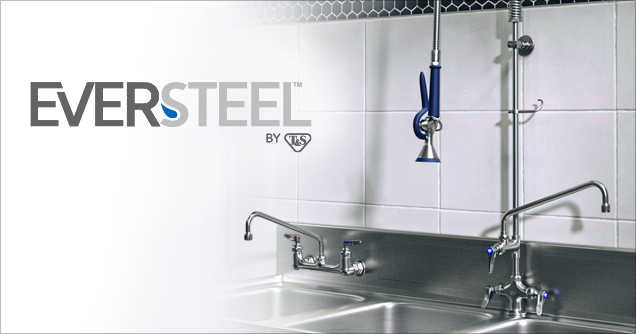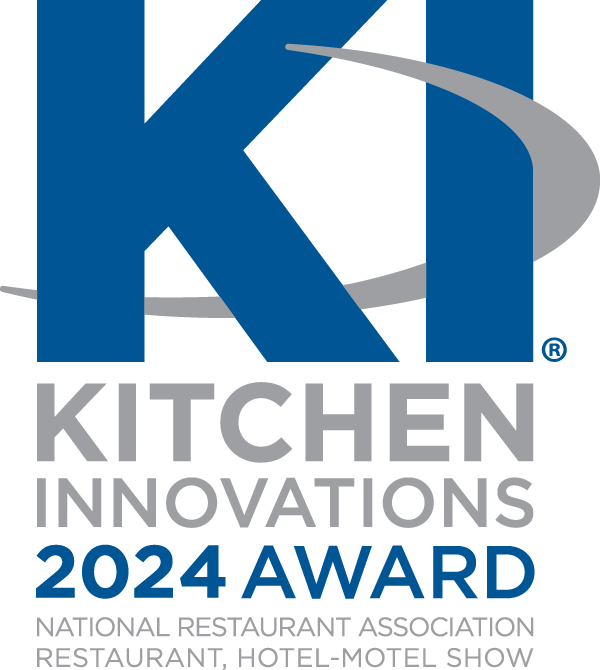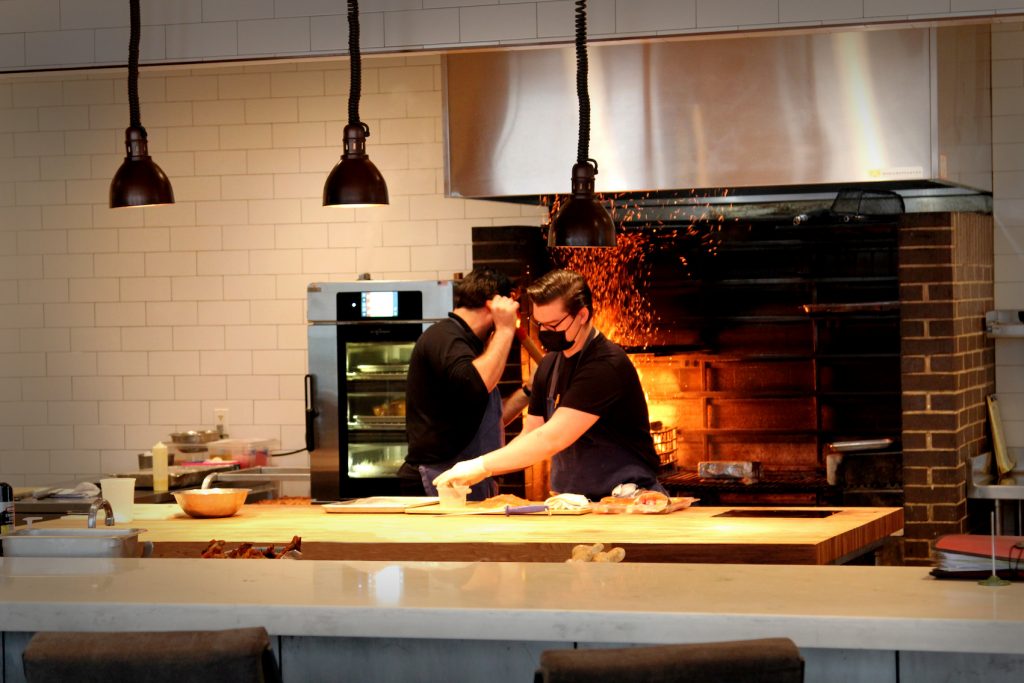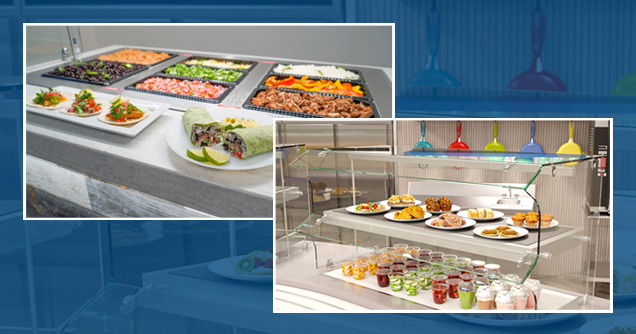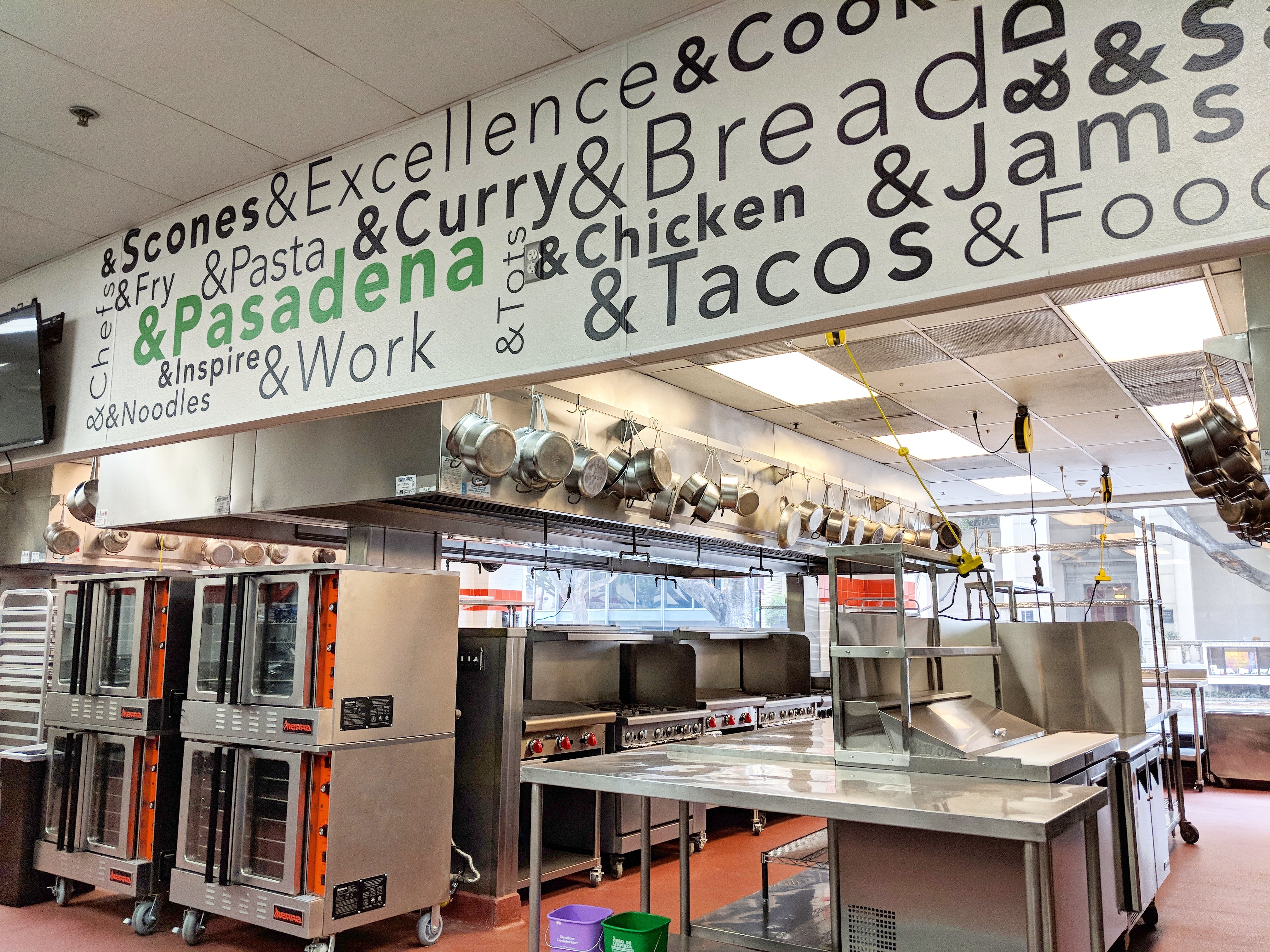
Ghost – or virtual – kitchens are not exactly a by-product of the pandemic, currently keeping dine-in restaurants closed. The delivery-only set-ups had already gained traction in the last few years, but since Covid-19 shut down restaurants across the country, they seem to have come into the fore, affording operators with an opportunity to continue operations.
Kitchen United, one of the many virtual kitchen suppliers, reports an uptick in demand since the emergence of the Covid-19. “Our model is focused on providing delivery, takeout and catering, so we are positioned well to support off-premise business for restaurants – well before today’s circumstances, but especially now,” says CEO Jim Collins.
Currently operating in Chicago, Pasadena, Scottsdale and Austin, the company works with a range of national and local brands.
Covid-appropriate measures
Like many restaurants, the Kitchen United team has had to rethink operations to ensure the safety of team members as well as drivers and consumers. How does this look? “In Chicago we’ve closed down public access to our front-of-house and are operating strictly through curb side pick-up while in Pasadena and Scottsdale, where we have room for people to spread out safely 6ft apart, we’ve marked out designated standing areas for individuals waiting for orders,” explains Collins. All staff has been equipped with safety gear to help ensure their protection.
At Kitchen United spaces operators each have their own dedicated space and equipment and Kitchen United staff – all Serv-Safe-certified – deal with cleaning and handing off orders to customers and drivers. “We’ve stayed on the aggressive edge of all of the Center for Disease Control (CDC) standards and we require that our restaurant partners do the same,” says Collins. “We’ve supplied masks and gloves to all of our centers, we monitor the health and welfare of our team members closely and we’ve taken steps to separate our personnel from the public in our pickup centers.”
But, as Joe Schumaker FCSI, CEO of Foodspace, points out, the foodservice sector was already safer than most. “People aren’t getting Covid because of food delivery; we were already one of the safest industries in terms of community spread. The reality is foodservice workers are washing their hands regularly and properly, they are putting on gloves for service, they are covering and not touching their face. That was already happening,” he says.
“The industry wasn’t perfect before but walking into a restaurant is significantly safer than walking into a grocery store. Yes, the distancing piece is new and different but the health and safety side of this isn’t.”
Growth opportunity
One of the many operators that have turned to ghost kitchens to continue business during the shutdown is Dog Haus, which specializes in hot dogs, burgers and other casual food items.
Partner Hagop Giragossian says Dog Haus had planned to move into virtual kitchens later this year, but Covid-19 forced the team into bringing the decision forward. The company opened its first ghost kitchen in the spring and currently has four delivery-only set-ups; two in Chicago, one in Hollywood and one in Pasadena. More recently Dog Haus has launched The Absoute Brands, a group comprising Dog Haus and eight additional unique brands, including Plant B and Bad Mutha Clucka.
“Ghost kitchens offer an enormous growth opportunity for the brand and creates a way for Dog Haus to stay on the cutting edge of the off-premise dining experience,” says Giragossian.
“Turning our brick-and-mortar locations into ghost kitchens to serve our new virtual brands has 100% helped us stay on top throughout the Covid-19 crisis,” says Giragossian. “We have franchisees who are experiencing higher sales than ever before. Additionally, having already been working with ghost kitchens, we were able to pivot quickly and implement a quick go-to market strategy for our virtual brands.”
Convenience
Of course, ghost kitchens were already doing well before Covid-19, largely driven by Millennial diners. As Schumaker says, this generation had started to define foodservice into two categories: sometimes they wanted to eat for experience and other times for convenience. “So, ghost kitchens fill a convenience bucket and so if all of the sudden you are forced to buy all your food based on convenience, the ghost kitchens will be doing very well – the thing is that right now it is a force of a pandemic not the human driving force,” he explains.
But judging the growth of any market segment is challenging at such an extraordinary time and Schumaker says with so much uncertainty he is nervous about people potentially making big bets on ghost kitchen investments. “Both operators and people outside the industry are trying to capitalize on reading the food economy, thinking that now is an opportune time to throw some money into ghost kitchens,” he says.
“I am nervous we will oversaturate really fast, which won’t help the restaurants that are trying to figure out ways to stay alive.”
Here to stay
On the other hand, he says, the longer the crisis goes on, the bigger the opportunity in ghost kitchens. “Consumer confidence is a fragile thing; if this goes on for another 18 months – how long will it take to get people to feel confident going back to the restaurants? Right now, we are thirsty to go back to restaurants, but does time build up thirst? That is what I don’t know.”
Collins of Kitchen United anticipates the growth of recent years will continue and ghost kitchens will form a healthy part of the mix. “Today’s demand stems from extenuating circumstances, but we believe that post-pandemic, people will still like the convenience of off-premise meals,” he says.
“What has been eye opening to the industry as a whole is the need to have systems in place, such as online ordering, to accommodate the demand today and well into the future. That said, our goal remains to help restaurant operators grow their reach and tap into the opportunity for off-premise business – to supplement existing brick-and-mortar locations. We certainly don’t think the ghost kitchen will serve as the only restaurant platform in the future.”
Tina Nielsen
Photo: Kitchen United, Pasadena

